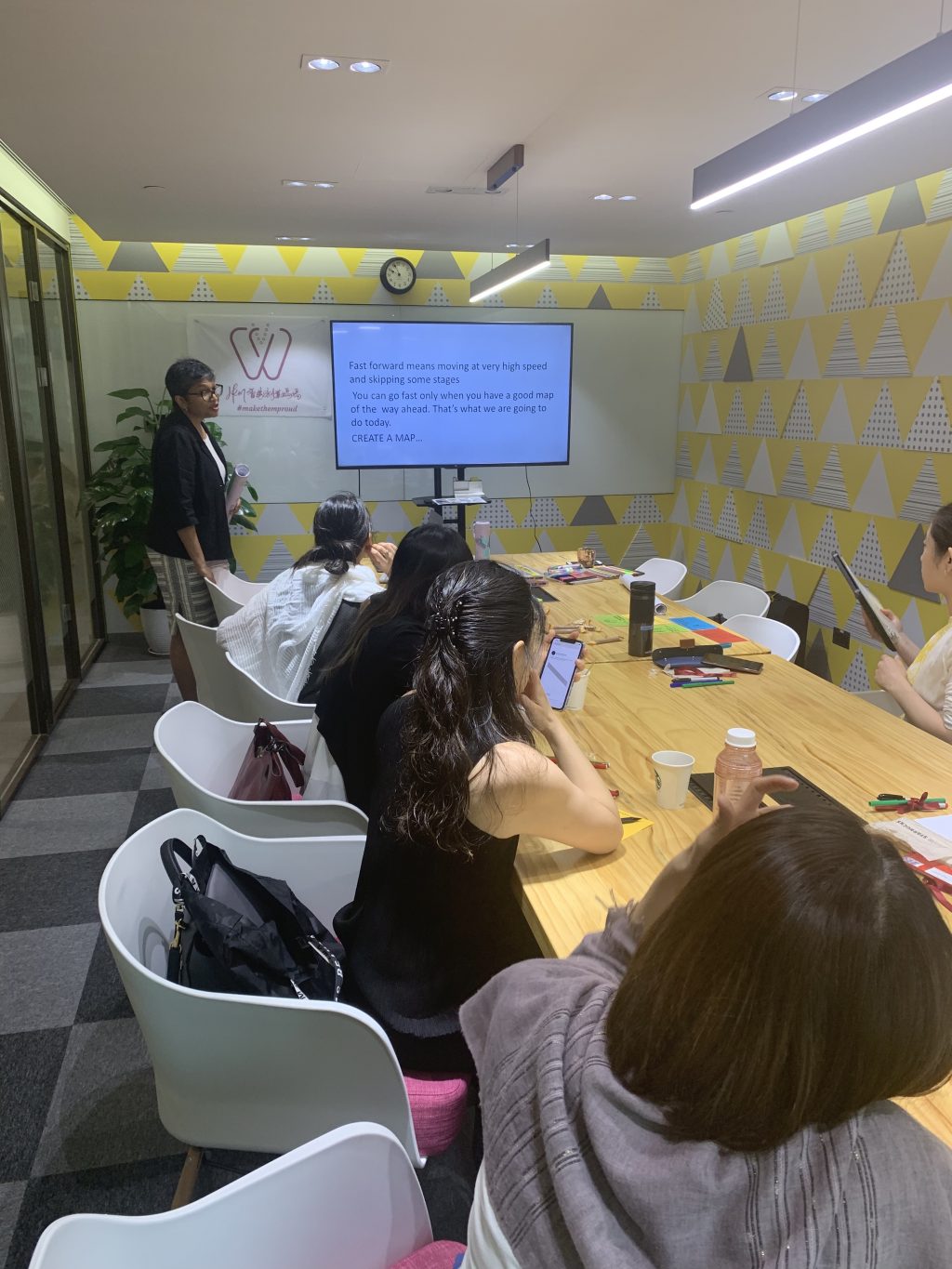What happens when some Hong Kong women entrepreneurs get together to map their business environments? Their assumptions get challenged, and they start looking at their entrepreneurial journeys in entirely new ways!
These were some of my observations at a design thinking workshop that I facilitated. The workshop was at UCommune’s bright and cheerful co-working space in Sheung Wan, Hong Kong. Businesses represented were gems & jewelry, wellness products, sustainability, relationship counseling, and upcoming non-profits.
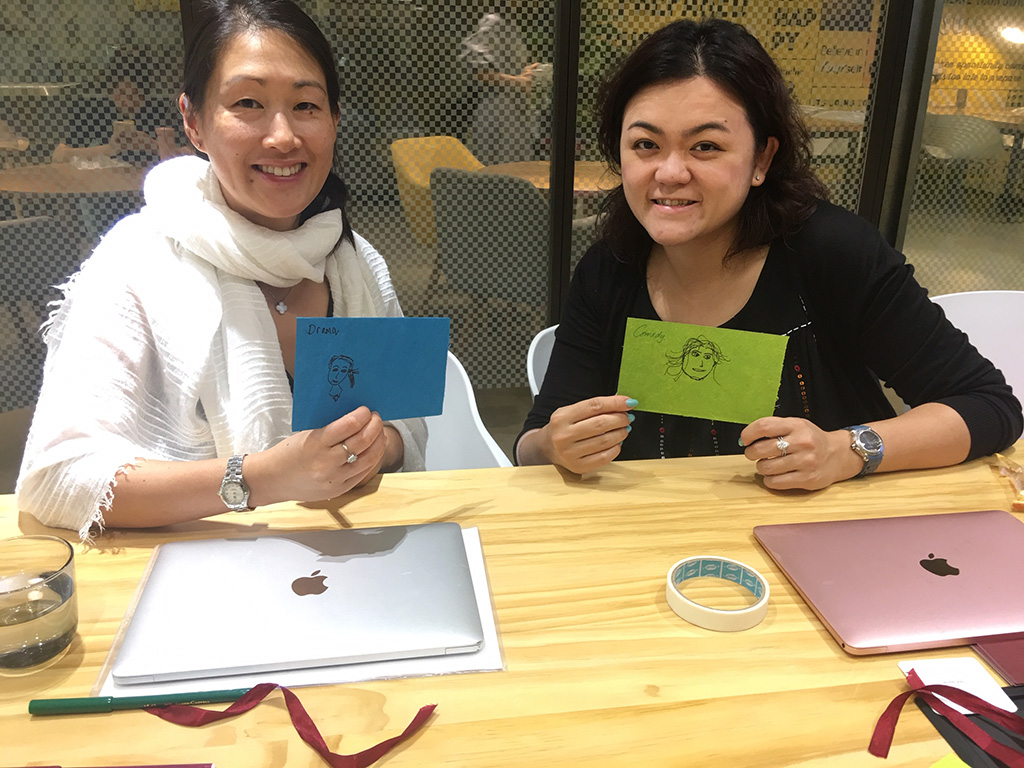
The workshop process
Scribbling and sketching away for the better part of an hour, participants came up with imaginative stakeholder maps of their business and organisational ecosystems. The maps had rich descriptions of stakeholders and their roles in the larger business environment. The purpose of the map was to document the actual state of each business with all its activity and bustle. In each map, people were at the centre of the intricate web of interconnections and relationships. The participants presented their maps to the rest of the group followed by a very lively discussion.
Next, participants reflected over the data in their maps, looking for patterns and similarities. While clubbing and categorising, unique insights emerged. In the final part of the workshop, participants used these insights to come up with new business strategies on a radar like matrix. While sifting and sorting through their stakeholder maps, business priorities became startlingly clear.
Participants came with open minds. They learnt to question their business decisions. And to think afresh.
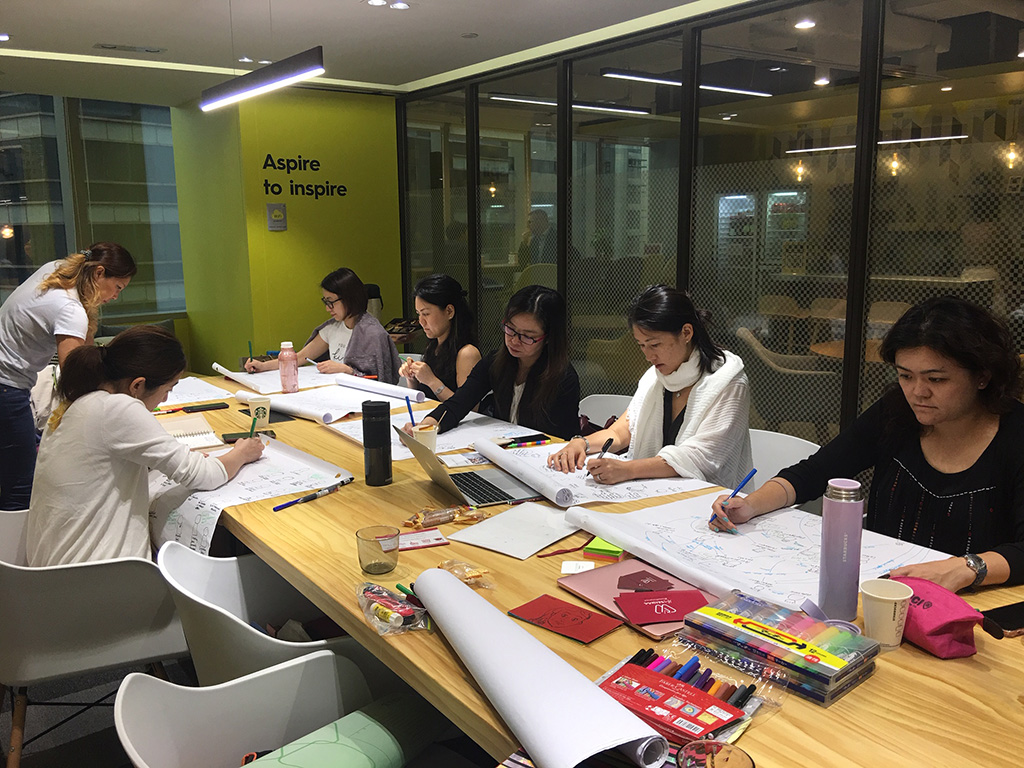
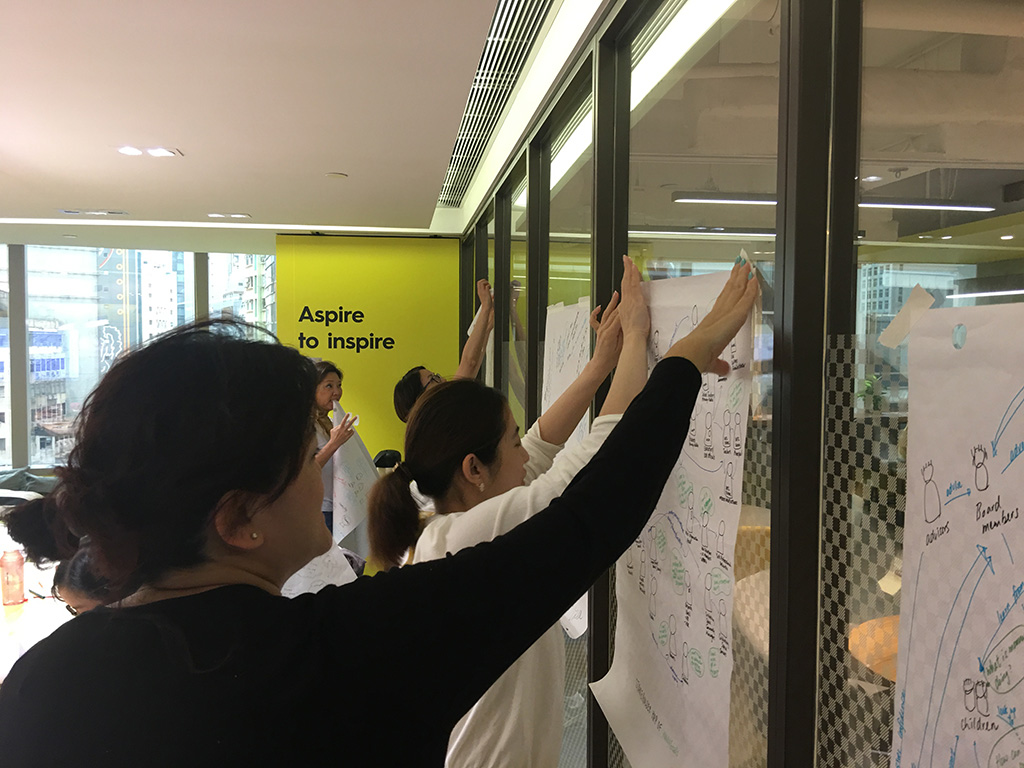
Design thinking workshop gains
Caught up in the day-to-day madness of running businesses, entrepreneurs rarely have time to pause or reflect. Most are stretched for time and resources and are in constant firefighting mode. The big picture often gets blurred, sometimes totally obscured.
This workshop provided space for entrepreneurs to engage with their businesses in holistic and visual ways. They were able to refocus on primary business objectives. By sharing their business eco-systems with other women entrepreneurs they celebrated the successes of each other’s business models. They learned from the mistakes made too.
Each stakeholder map was drawn to the same brief, but interestingly, every map was markedly different. One was very methodical, another had touches of humor, a third was chaotically complex and so on. Looking at the maps, it was very obvious that each individual entrepreneur viewed her business in her own unique way.
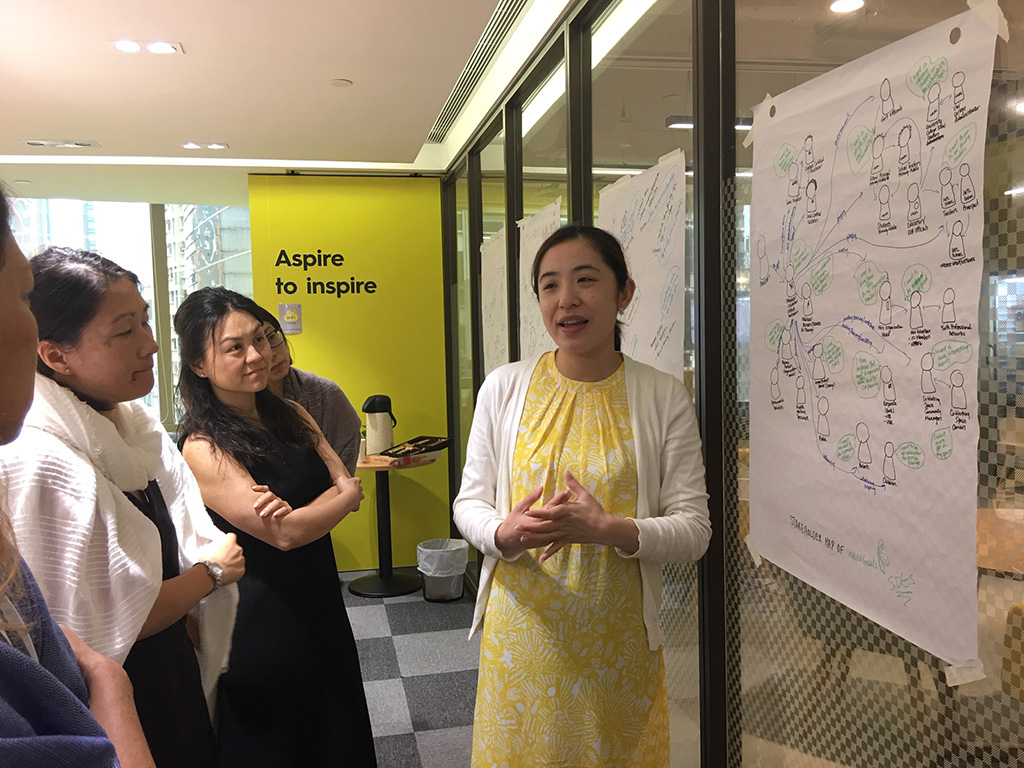
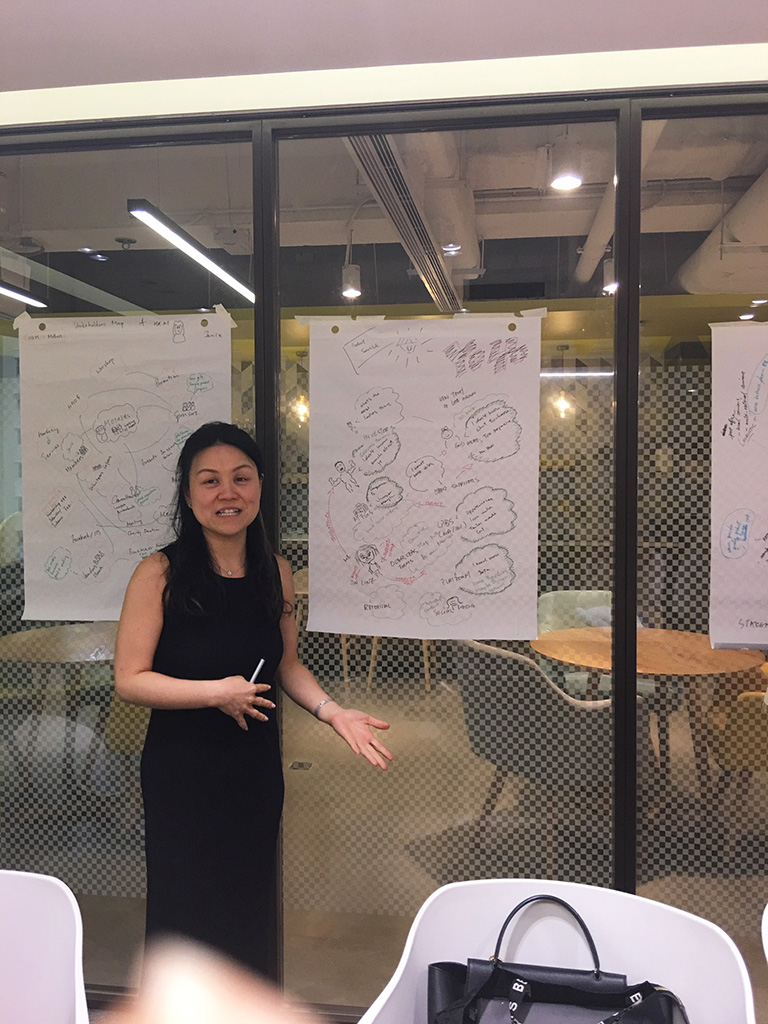
Workshop facilitators role
Besides egging people on and trying very hard to time box activities, what was my role as a workshop facilitator?
- Planning. Prework. Planning…
- Zeroing in on the right combination of LUMA recommended methods for a successful outcome
- Creating customized workshop questionnaires and matrices
- Coming up with a workshop structure that enabled each participants learning to evolve from their own business experiences.
- Transitioning smoothly between divergent and convergent activities that characterize design thinking methodology
Through it all, I drew on personal experience of founding and managing design-led and tech businesses over the years in different geographies.
Design thinking to create business value
The end goal of any business is to create value. Design thinking, with its mix of systemic reasoning, intuition and strategic intention reinforces the creation of that business value. In this workshop, through the medium of their own businesses, participants were exposed to this holistic way of thinking.
Thanks to Lena Wong of HKMomtrepreneurs for her enthusiasm and energy, and to UCommune for the use of their spacious conference room and to all the participants for their open minds and willingness to be challenged!
Deepa Kamath
Based in Hong Kong – mostly – Deepa travels the world and writes about what interests her and its influences on her design work.
